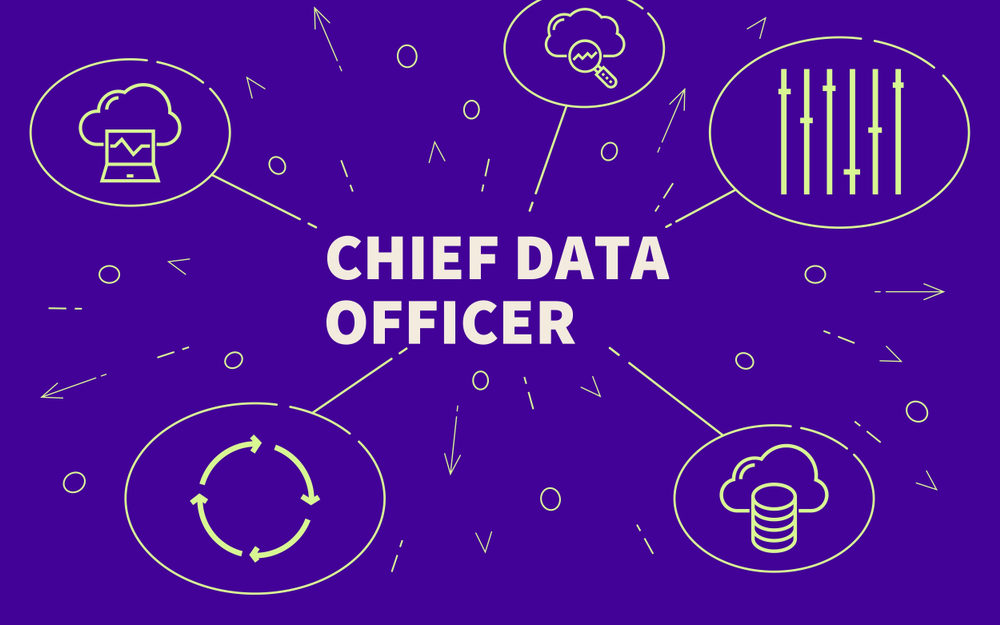Companies with a high level of digital maturity are competitive and achieve high returns on investments. Digital maturity boosts time to market, cost efficiency, product quality, and customer satisfaction.
What is Digital Maturity?
Capgemini has developed a digital quadrant that fits most companies.
Digital Beginners usually confines to traditional applications such as ERP or electronic commerce.
Digital Fashionistas follow the fad to implement new digital applications at random. Some of these initiatives may create value, but many do not. They have no coherent strategy, or their strategy does not maximize the benefits on offer. These companies lack enterprise-level governance.
Digital Conservatives favour prudence over innovation. They value a strong vision and governance but remain sceptical of new digital trends. Their cautious approach may lead to missing valuable opportunities.
Digital mature firms or “digirati” understand how to drive value with digital transformation. They combine a transformative vision, governance, and engagement with investment in new opportunities. They develop a digital culture that implements new technology and envisions changes constantly.
A BGC study, based on BCG’s Digital Acceleration Index (DAI), shows 25% of companies as digital champions and 33% of companies as digital laggards.
The common thread running through these digital champions or digital are:
- Digital initiatives that place the customer first. Digital champions design digital customer journeys to enhance value for their customers. They offer new products and services that leverage emerging technology.
- Digital marketing initiatives, to fuel personalization, trigger event-based emails, and more.
- Initiatives for improved time to market
- Digitizing technology enablers for cost efficiency. Digitally mature firms build future-ready tech platforms, set up DevOps for digital delivery, and more.
- Investing in digital leadership, who in tune spearhead a strong digital culture and governance. Digital champions incubate digital initiatives and promote digital talent. These investments yield higher-quality digital products.
- Seeking new growth areas. Digital champions leverage customer data, collaborate with startups and expand their ecosystem.
Digital champions invest 5% or more of operational expenditures [OPEX] on digital initiatives. They give priority to recruit digital experts and embed digital technologies in operations.
Technology, banking, telecom, and automotive has the maximum number of digitally mature companies. The industries with maximum tech laggards are health care, energy, and manufacturing. Here are benchmarks where companies gain competitive advantage through digital maturity.
The Energy Sector

The energy sector exemplifies the biggest challenge of implementing enterprise-wide digital technologies. Offshore and remote units, working under different environments, require a high level of autonomy. High autonomy makes enforcing company-wide systems impractical and even counter-productive. Likewise, the company working on a project-by-project basis makes end-to-end digitization unnecessary.
Successful tech champions focus on leveraging their large data pool for competitive advantage. They place less importance to uniformity of the data platforms or infrastructure.
Energy utilities face several challenges. Decentralised energy sources, renewables, and the increase in demand disrupt traditional business models. Tech champions respond through innovation. Several digitally mature utilities have:
- Built innovation labs to explore new opportunities. Two ideas gaining traction are electric car batteries and peer-to-peer marketplaces for power.
- Deployed advanced analytic modelling, making use of their customer data to develop new products and services. For example, they apply weather information to predict the utilization of windmills.
- Piloted artificial intelligence and blockchain technology to optimize energy trading.
Health Care
The health care sector uses digital technology for diagnosis. The stumbling block to applying digital process is in complex supply chain scenarios. Some companies still manage on Excel spreadsheets.
Tech Champions:
- Seek regular feedback from customers, and intervene to improve the customer journey. Adopt connected devices such as remote monitoring
- Leverage the many available partnerships to use the tons of data spread throughout the ecosystem. The healthcare industry has a broad ecosystem.
A multinational biopharmaceutical company integrated data sources for improved supply chain visibility. The initiative generated insights beyond what traditional ERP data provides. The insights pin-pointed volatility and offered real-time updates on material flow disruptions. The company further applied machine learning and smart analytics for process optimization. The initiative lowered costs by 3% to 5% and reduced working capital needs by 5% to 7%.
Automotive
The automotive industry, with its high expertise in R&D, can digitalise easily. The emergence of connected and autonomous cars makes digital an essential part of the product roadmap.
Companies in the sector seek a competitive advantage by:
- Striving for fast internal cycle times.
- Implementing process digitization and robotics for efficient production lines.
- Automating sales
- Implementing DevOps for their software. The software has become critical to automobile majors in the age of tech-infused cars. Even if driverless cars are some distance away, technology assists drivers in a big way.
- Emulating the Uber model of using asset-light digital business models. AutoGravity, funded by Daimler and Volkswagen, allows car buyers to compare rates and take loans through smartphones.
Auto majors lagging on these fronts lose long-term competitiveness.
Taking the pains for digital maturity pays. A DAI study covering 81 telcos across 40 countries reveal digital champions increasing market share by 7% and laggards dropping market share by 11%. The impact on competitive advantage manifests in the long run though.
All these technologies and interventions need a smart and proactive IT team. IT teams in an enterprise with a high level of digital maturity go beyond being tech enablers. They partner with the C-suite to identify the right use cases for emerging technologies. They shape the digital future of the enterprise.












